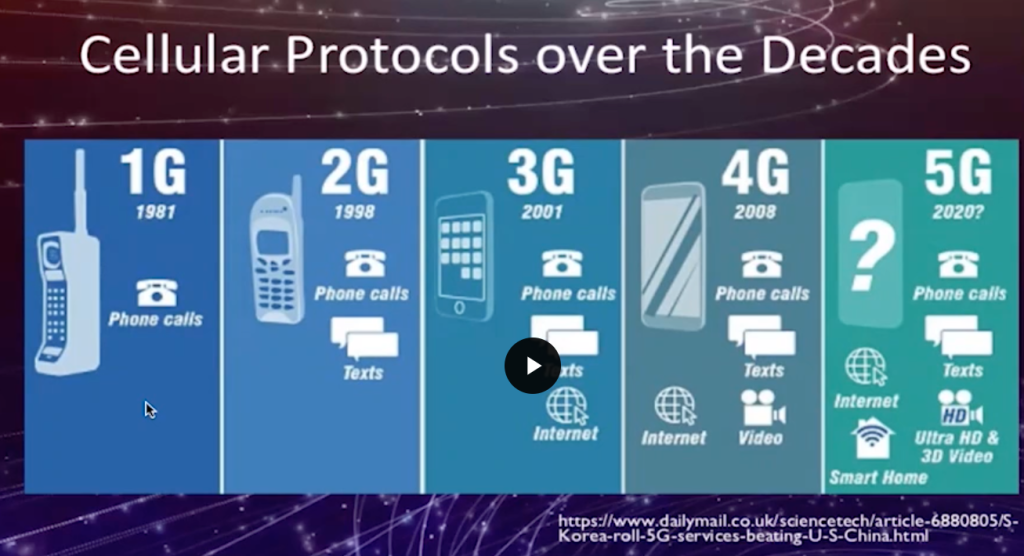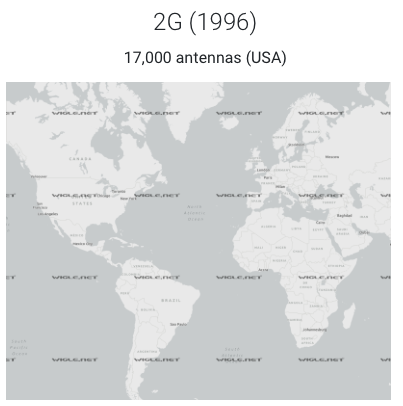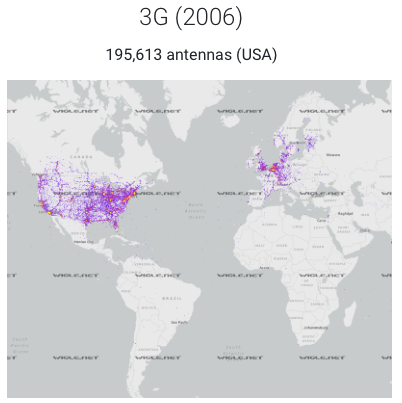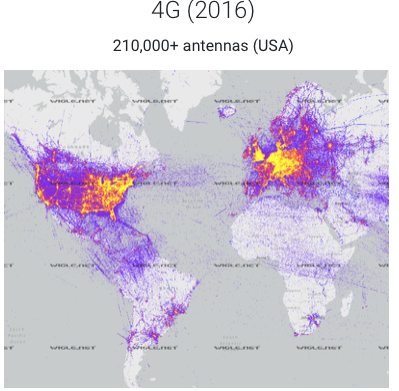In December 2006, my wife and I began a journey from Chicago to Ukraine in search of a child to adopt. Adoption was something Meg and I talked about even when we were first dating and Ukraine made sense because of the large Ukrainian community that already lives here. In our perfect world, we were looking for up to two kids, sex unimportant, age not that important, but relatively healthy as we did not feel up to the task of caring for children who had any severe physical or mental disabilities. We came home seven weeks later with THREE, all siblings who had been separated, ages 3, 4, and 7, two which spoke Russian and our youngest, our boy, who basically only knew the words ‘machina’ (Russian for ‘car’) and ‘Pampers’.
Out of necessity, we pretty much had to dive head first into parenting and doing what we could to patch together our new family. Our life was hectic to say the least. I felt like I couldn’t get my head above water to breathe for many, many years. And even now with my youngest two finishing their senior and junior years of high school respectively, we sometimes feel like we still got a long way to go, but we have no regrets on what we did or how we did it.
I tell that story because we began that journey about the same time the first truly mobile cell phones were commercially manufactured and sold, and it all happened while my attention was necessarily diverted. I recall having to call my wife on the firehouse phone when all the other guys at the house had their own private phone; I did not get my own cell phone until two-and-a-half years ago; and we finally got rid of our landline in 2020.
I was so disconnected from the cell phone world that I recall having no idea what ‘texting’ was or how anyone got an Internet connection through their phone. Taking and sending photos to friends and family? I still am often fuzzy on exactly how to do so. And using an app is not in my vocabulary.
The Evolution of the Cell Phone — A Timeline
My point is that while me and my wife were raising our kids, the use of cell phones and the proliferation of smart phones happened fast—in Jimmy John’s lingo, “freaky fast”. Though the first phone was created around 1981, there was really only a handful of users by 1990, and we can honestly say that the first truly “mobile” phones did not appear until the introduction of the second generation models around the turn of the century. It may seem like we have always swiped our cell phone screens or taken a picture to pay a bill or deposit a check, but this is an-honest-to-goodness relatively new phenomenon. Check out the chart below:

I’ll always remember the 1G phone used by Richard Gere’s character in the movie Pretty Woman which was released in 1990. So yes, while the cell phone has been around for 30 years, our reliance on it as a technological virtual assistant really only started since about the time my kids first set foot in America.
As a side note, In between the segments shown above, there were variations on the theme and subtle but significant incremental improvements made as phone technology improved over the years. For those interested, I have found a superb explanation of these changes to hardware and features and functionality, and it is best summarized here.
Global WiFi Networks
Parallel with our adoption of cell phone technology—”adoption”, get it, pun intended—we have seen an explosion in the number of global wi-fi networks since my kids were first adopted. A group called WiGLE was started in 2001 to begin cataloging wireless networks around the world. Their purpose according to their own web site is to consolidate location and information of wireless networks world-wide to a central database, and have user-friendly desktop and web applications that can map, query and update the database via the web.
Here’s an example of what you can find on their site:

The red line on the graph shows the cumulative total of networks while the gray shows the average number of networks in operation at any one time—a giant build out since starting at a baseline of practically zero in 2000. Now how about a geographic perspective over the past 25 years:



Crazy right? My point for showing this is to make clear how recent and how immense these changes have been. Thirty years ago, there were so few WiFi networks that they simply don’t show on a global map.
I can’t say this enough—as we discuss safe healthy homes in this blog, you can see for yourself that our electromagnetic world was very different 30 years ago. I REPEAT, ONLY THIRTY YEARS AGO. And regardless of how much you think it’s deployment does or does not impact human (or insect or farm animal or plant or microbial) health, it is clear that this externality is a profoundly new variable that we really did not have to consider as little as four decades ago, but must now take it into account as we come up with new definitions of what a healthy home truly means.
